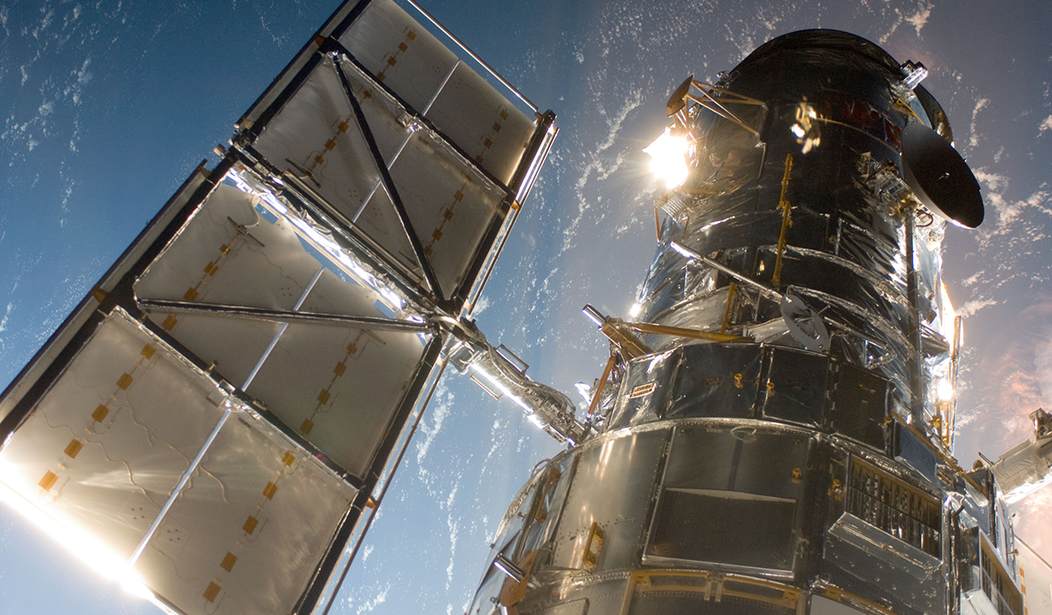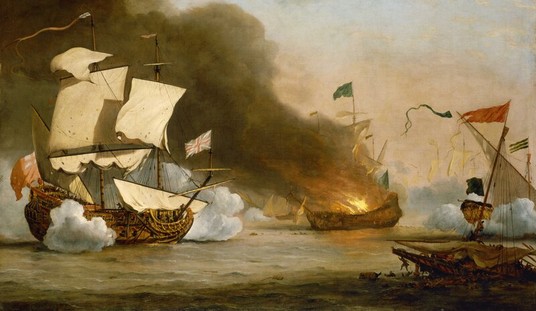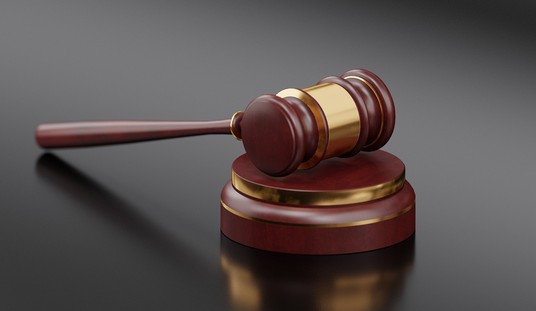Over the past few weeks, I’ve sporadically communicated with a longtime friend at the Space Telescope Science Institute in Baltimore. That’s the Hubble Space Telescope’s home office, where the images we see and the science we learn from the flying eye are processed. My friend was cautiously optimistic that the telescope, which mysteriously went offline a few weeks ago, would be brought back to life again. He’s always positive, and us Hubble huggers are nothing if not optimists when it comes to the venerable telescope. It has lasted far longer than anticipated and survived numerous hardware failures and glitches over the years. It’s been orbiting for so long that people who started out on Hubble a year or two before its launch have since retired. Hubble has logged more than 1.5 million observations and pretty much rewritten the books on what we understand about the universe.
It’s also done spectacular things like this, which I just happened to have on my hard drive.

Hubble is an extremely complex and delicate system of systems. It lives in orbit about 340 miles above us, in space which is passively trying to kill everything it can. Systems and gizmos sometimes fail, as happens with any machine. With Hubble, since spherical aberration was corrected long ago it’s usually the gyros that bust. Hubble is also old but hardy technology.
In past years, when Hubble suffered an issue, we could send astronauts up to fix it and add new systems and capabilities. Hubble is to a great extent barely the same telescope it was at launch in 1990. It has new cameras, new solar arrays, new guts. Even the insulation that blankets it has been replaced.
The end of the shuttle program removed that possibility. From now on, Hubble must be fixed from the ground. Hardware replacements are no longer an option. The telescope operates on metaphorical rusty rails. And it recently suffered a serious failure and went dark.
A series of multi-day tests, which included attempts to restart and reconfigure the computer and the backup computer, were not successful, but the information gathered from those activities has led the Hubble team to determine that the possible cause of the problem is in the Power Control Unit (PCU).
The PCU… ensures a steady voltage supply to the payload computer’s hardware. The PCU contains a power regulator that provides a constant five volts of electricity to the payload computer and its memory. A secondary protection circuit senses the voltage levels leaving the power regulator. If the voltage falls below or exceeds allowable levels, this secondary circuit tells the payload computer that it should cease operations. The team’s analysis suggests that either the voltage level from the regulator is outside of acceptable levels (thereby tripping the secondary protection circuit) or the secondary protection circuit has degraded over time and is stuck in this inhibit state.
That PCU was installed 19 years ago, during STS-109. I remember it well because I was in Mission Control when astronauts powered down and removed the previous PCU, installed the current unit, and powered it up. The PCU suffering the power issues is the upgrade. When astronauts powered it back up, Hubble was reborn as an essentially refurbished exploration machine. By then it had already been on the job for nearly 12 years.
Fortunately, a hardware swap isn’t needed in this case. Friday NASA reports success as engineers have brought Hubble back to life.
The payload computer was brought back online and loaded the software needed for normal operations. The agency says it is monitoring the performance of the payload computer while taking various scientific instruments out of safe mode. If everything goes well, the instruments will be put through calibration procedures tomorrow, and scientific observations can start again once those are complete.
NASA provides a bit more detail here.
The switch included bringing online the backup Power Control Unit (PCU) and the backup Command Unit/Science Data Formatter (CU/SDF) on the other side of the Science Instrument and Command & Data Handling (SI C&DH) unit. The PCU distributes power to the SI C&DH components, and the CU/SDF sends and formats commands and data. In addition, other pieces of hardware onboard Hubble were switched to their alternate interfaces to connect to this backup side of the SI C&DH. Once these steps were completed, the backup payload computer on this same unit was turned on and loaded with flight software and brought up to normal operations mode.
The Hubble team is now monitoring the hardware to ensure that everything is working properly. The team has also started the process for recovering the science instruments out of their safe mode configuration. This activity is expected to take more than a day as the team runs various procedures and ensures the instruments are at stable temperatures. The team will then conduct some initial calibration of the instruments before resuming normal science operations.
I haven’t heard from my friend at STScI yet. He’s probably too busy breathing a sigh of relief and lining up future Hubble projects. Our 31-year-old space explorer is poised to get back to work.
Hubble’s successor, the James Webb Space Telescope, is slated to launch in October of this year. Hubble and Son of Hubble with overlap for a few and maybe many years. May the revelations continue.
Update: My friend at Hubble says, “Yep back in business. The telescope with 9 lives.”









Join the conversation as a VIP Member